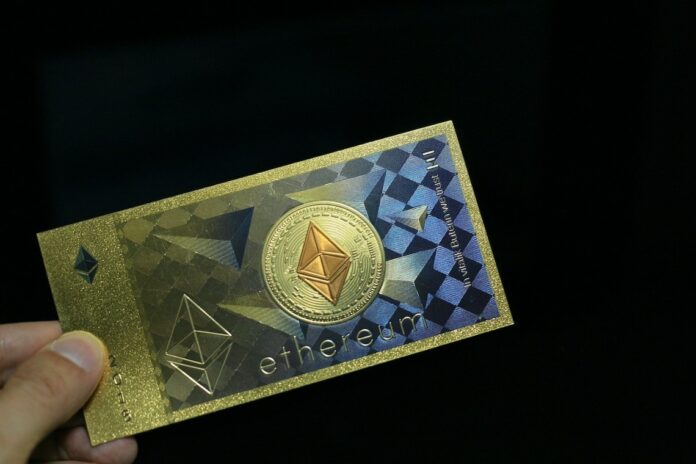The Ethereum blockchain is going through a change toward inflation, caused by a decrease in network activity and on-chain fees.
Information indicates that due to the decrease in activity and lower fees, Ethereum’s inflation rate is now at 0.270%.
The decrease in overall activity and the transition of users to layer two (L2) networks have greatly reduced the “burn” process of basic fees.
Summary
Reduced activity and L2 migration: the catalysts for the inflationary turn of the Ethereum blockchain
Ethereum, the cornerstone of the blockchain realm, is undergoing a fascinating transformation characterized by an inflationary turn.
This paradigm shift has been spurred by a significant decline in network activity and a concomitant reduction in fees on the blockchain.
In a field where precision and technicality are very important, it is imperative to delve into the specifics of this development.
The conundrum of inflation: the current state of Ethereum
Data analysis reveals a rather surprising fact: Ethereum’s inflation rate is now 0.270 percent. This deviation from the historical deflationary trend requires our attention and an explanation.
To understand this change, it is crucial to trace the origins of Ethereum‘s deflationary path.
For a consistent period after the “merger,” Ethereum followed a deflationary path. Just three months ago, on May 27, 2023, ultrasound.money reported a negative Ethereum inflation rate of 0.654 percent per year.
However, this narrative has undergone a dramatic transformation, with Ethereum’s inflation rate now standing at 0.270% as of September 23, 2023.
The initial shift toward deflation can be attributed to two crucial events: the implementation of EIP-1559, colloquially known as the London hard fork, and “The Merge,” which saw Ethereum transition from the energy-intensive proof-of-work (PoW) consensus mechanism to the more environmentally friendly proof-of-stake (PoS) protocol.
EIP-1559, a game-changing update, introduced the practice of “burning” base fees in Ethereum transactions by directing them to a null address.
After the “merge,” the issuance rate dropped significantly. Without this transition from PoW to PoS, Ethereum’s inflation rate would have risen to a remarkable 3.689% per year.
Decline in activity and its implications
The main factor contributing to Ethereum’s transition to inflation is the palpable decrease in daily transactions on the network.
In particular, two distinct declines in activity were observed: one around the middle of the year and another when August transitioned to September. On September 10, daily transactions fell to 866,548, a staggering drop of 62,852 from the previous day.
At the same time, Ethereum’s network fees have embarked on a steady descent, reflecting the decrease in user activity.
This decline in fees has been a persistent trend since May 2023, culminating in the lowest daily fees recorded on September 9 and 10.
The L2 migration phenomenon involving the Ethereum blockchain
To understand the intricate interplay of factors influencing Ethereum’s inflationary trajectory, we need to delve into the phenomenon of second-tier (L2) networks.
These off-chain scaling solutions have seen a significant increase in activity, effectively taking transactions away from the Ethereum blockchain itself.
This migration to L2 networks has, in turn, led to a reduction in transactions on the Ethereum blockchain, resulting in a decrease in underlying fees.
In essence, the increase in activity on the L2 networks introduced a counterbalance to the deflationary pressure exerted by base fees.
This dynamic change in the distribution of transaction volume within the Ethereum ecosystem underscores the evolving landscape of blockchain scalability and efficiency.
In conclusion, Ethereum’s transition from a deflationary trajectory to an inflationary state is a multifaceted phenomenon driven by a confluence of factors.
The implementation of EIP-1559 and the transition to PoS through “The Merge” initially fueled deflation, but the decline in network activity and the rise of L2 solutions tipped the scales toward inflation.
This transformation represents a pivotal moment in the continuing evolution of Ethereum and highlights the intricate dynamics at play in the world of blockchain technology.




